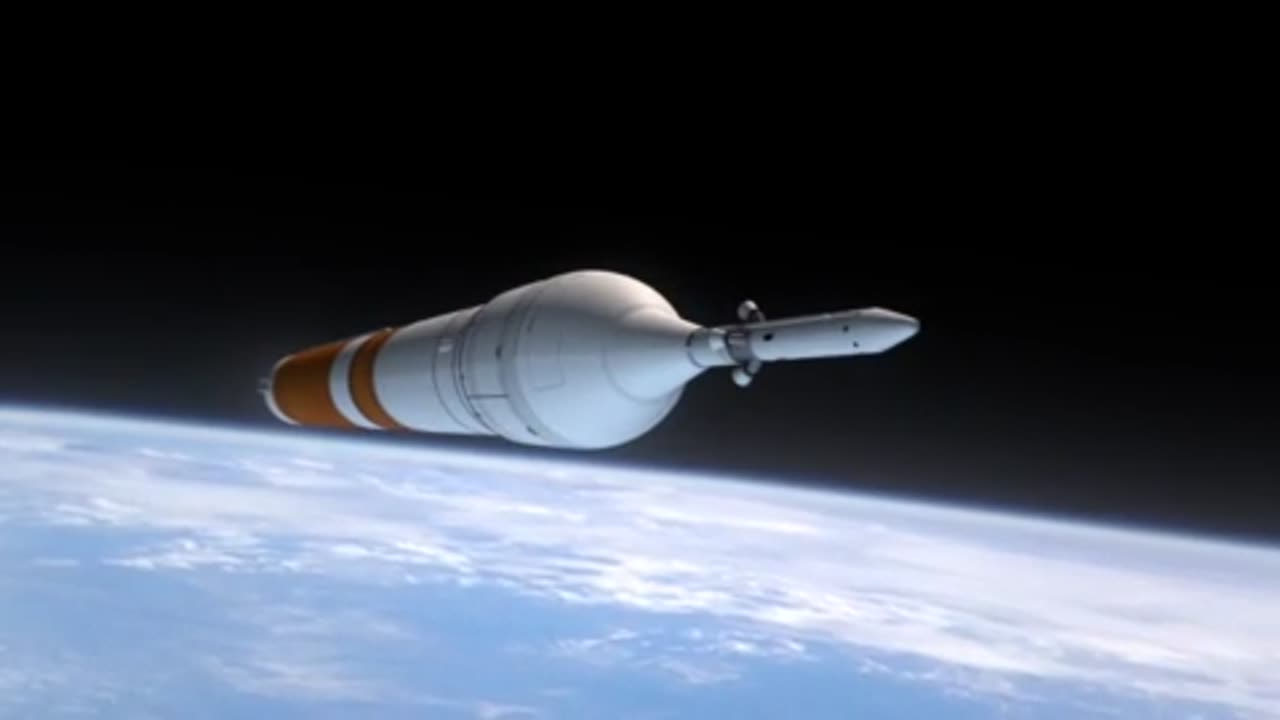Premium Only Content

Orbital spacecraft may be recoverable
A German V-2 became the first spacecraft when it reached an altitude of 189 km in June 1944 in Peenemünde, Germany.[9] Sputnik 1 was the first artificial satellite. It was launched into an elliptical low Earth orbit (LEO) by the Soviet Union on 4 October 1957. The launch ushered in new political, military, technological, and scientific developments; while the Sputnik launch was a single event, it marked the start of the Space Age.[10][11] Apart from its value as a technological first, Sputnik 1 also helped to identify the upper atmospheric layer's density, by measuring the satellite's orbital changes. It also provided data on radio-signal distribution in the ionosphere. Pressurized nitrogen in the satellite's false body provided the first opportunity for meteoroid detection. Sputnik 1 was launched during the International Geophysical Year from Site No.1/5, at the 5th Tyuratam range, in Kazakh SSR (now at the Baikonur Cosmodrome). The satellite travelled at 29,000 kilometres per hour (18,000 mph), taking 96.2 minutes to complete an orbit, and emitted radio signals at 20.005 and 40.002 MHz.
-
 LIVE
LIVE
Savanah Hernandez
2 hours agoMASS DEPORTATIONS ARE HERE AND THEY ARE GLORIOUS
1,212 watching -
 21:12
21:12
Clownfish TV
14 hours agoThe Video Game Industry LITERALLY Wants You Dead?!
7144 -
 1:35:44
1:35:44
Right Side Broadcasting Network
5 hours agoLIVE REPLAY: First Press Briefing by White House Press Secretary Karoline Leavitt - 1/28/25
79.9K72 -
 DVR
DVR
vivafrei
6 hours agoJan. 6 Injustices! Jeremy Brown STILL IN JAIL! Untold Story of Ashli Babbitt Killer Michael Byrd!
43K12 -
 3:09:52
3:09:52
Benny Johnson
4 hours ago🚨 First Trump White House Press Briefing LIVE Right Now! New Press Secretary With the FLAMETHROWER
121K160 -
 44:12
44:12
Ben Shapiro
3 hours agoEp. 2126 - Did China Just DRINK OUR MILKSHAKE?!
40.1K21 -
 1:11:08
1:11:08
Russell Brand
3 hours agoTrump’s Deportation Wave Begins – SF527
66.2K128 -
 2:57:07
2:57:07
The Charlie Kirk Show
3 hours agoThe Big Pause + ICE in Chicago + The Birthright Citizenship Scam | Glenn, Hammer, Eastman | 1.28.25
99.7K22 -
 LIVE
LIVE
Scammer Payback
2 hours agoCalling Scammers Live
450 watching -
 1:18:00
1:18:00
TheAlecLaceShow
4 hours agoSpecial Guests: Roger Stone, Angela Stanton-King and Lee Smith | The Alec Lace Show
20.1K